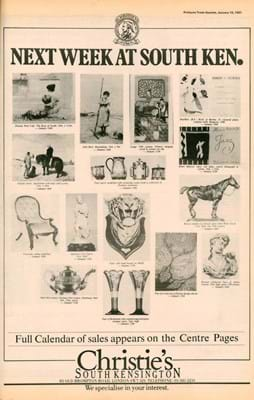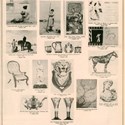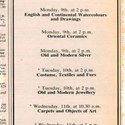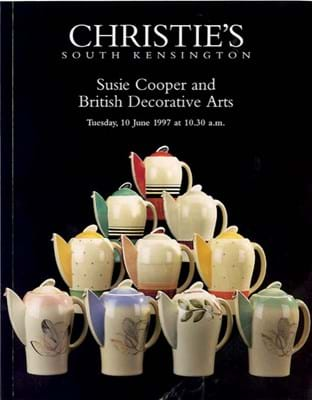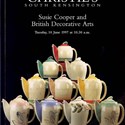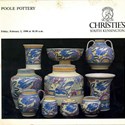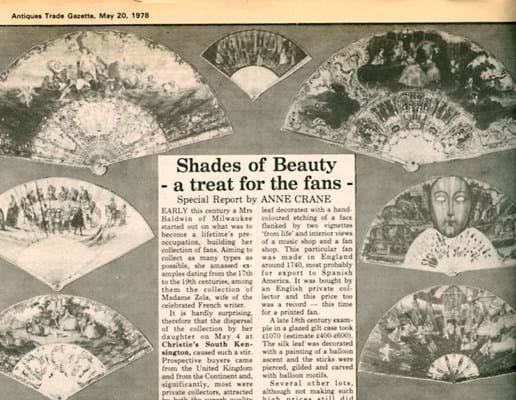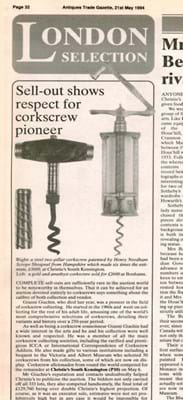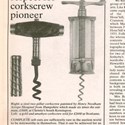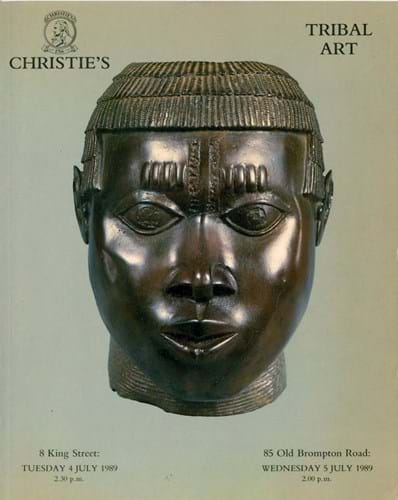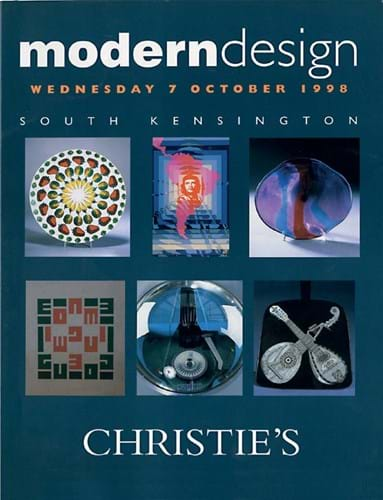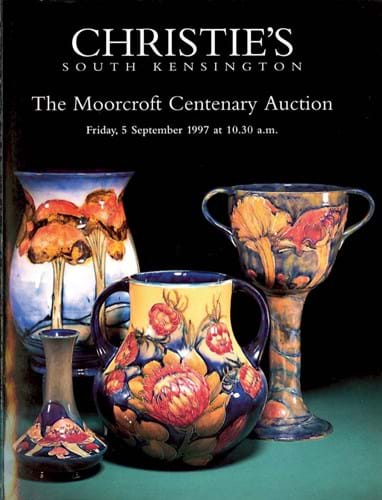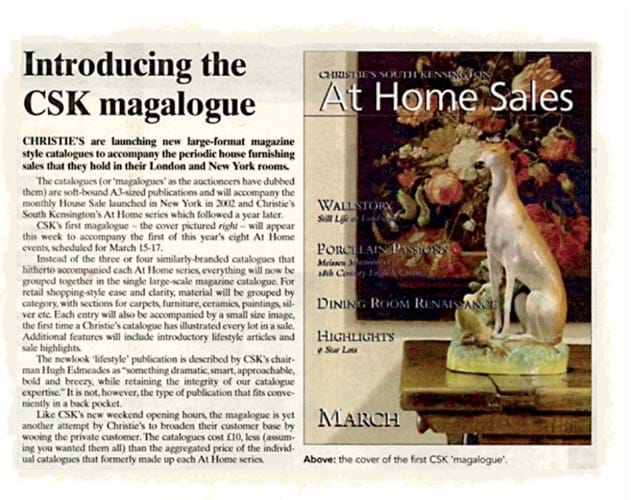
Affectionately known as ‘CSK’ or simply ‘South Ken’, the fin de siècle building has been a central cog in the UK’s art and antiques machine for decades, as chronicled in the pages of ATG.
A selling powerhouse
From early on, Christie’s South Kensington’s USP was the volume and variety of affordable material it offered on a regular basis.
As ATG adverts from the 1980s demonstrate, a typical week would take in regular auctions of furniture, silver, jewellery and various categories of picture that were a mainstay for the trade seeking to fill shops or containers bound for the US. The many different collectors’ sales provided a high-profile icing for this solid cake of traditional antiques.
Susie and Clarice
CSK played a pioneering and dominant role in promoting collectable ceramics. They put the spotlight on Clarice Cliff, Susie Cooper, Poole and Carltonware.
While they are still collected, these days coach parties from the Clarice Cliff Collectors’ Club travelling down for a spending spree are no more, exchanged for less time-consuming transactions via the internet.
Niche collecting areas
As the more accessible face of the Christie’s brand, CSK was the ideal place to try out and promote niche collecting areas. The list is long and varied. Some of them, such as die-casts and toys, are still going strong, while others are less fashionable.
Sales of fans were big in the 1970s, as were auctions of mechanical music in the ‘80s and corkscrews in the ‘90s. Who now remembers the auctions of Goss, potlids and fairings held regularly in the London in the late ‘70s?
Tribal Art
While some of Christie’s earliest tribal art auctions, such as the famous Hooper Collection, took place at King Street, South Kensington also became a popular location for sales in this category before such dedicated auctions followed market trends and moved away from London to Paris and New York.
Modern design
Christie’s South Kensington was one of the pioneers in the field of modern design. This sale category was a shoot that grew out of its long association with exploring various facets of Art Deco and Nouveau and the decorative arts. It has proved to be a vigorous grower. These days 20th century design is a money-spinner for all auction houses.
Photography
The 1970s, ‘80s and ‘90s were glory days at South Kensington for regular auctions of early and vintage photography and high prices for the likes of Emerson’s Life and Landscape on the Norfolk Broads.
One of the most memorable lots was an image by Jabez Hogg of a studio photographer in action set an auction record for a daguerreotype when it sold for £5800 in March 1977. These days, photograph sales lean much more towards post-war and contemporary material.
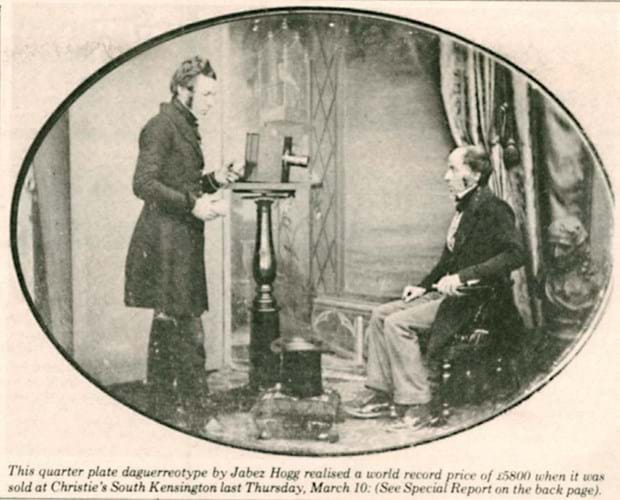
A photograph by Jabez Hogg that sold for £5800 at Christie’s South Kensington in March 1977, setting a record for a daguerreotype at the time.
Marketing
Marketing initiatives to attract bidders to the room took many forms. The centenary of Moorcroft production provided an opportunity to focus on a popular ceramics brand for a sale in 1997.
However, the big change came in the early years of this century as Christie’s South Kensington began its full-throttle appeal to the private customer. The move was made to multi-discipline sales in which all categories of antiques and art were offered in one magazine-format shopping catalogue.



